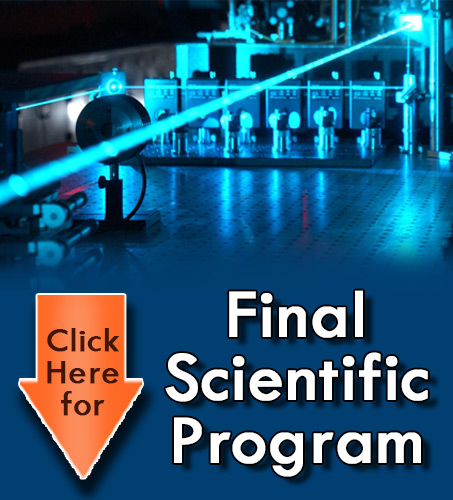
Ryan Mc Clintock
Northwestern University, USA
Title: Wide band gap III-nitride semiconductor devices
Biography
Biography: Ryan Mc Clintock
Abstract
Wide Band Gap (WBG) semiconductors, such as aluminum gallium nitride (AlGaN), with its tunable direct bandgap direct bandgap covering a wide range from 0.7 eV (λ~1.8 μm) up to 6.2 eV (λ~0.2 μm), have the potential to realize efficient UV detectors and UV to visible LEDs and lasers that are currently having a transformative impact on the 21st century. However, the lack of native substrates leads to high density of crystal defects in WBG materials that limits the realization of many of these devices, especially in the more challenging high-aluminum composition regime. Overcoming these limitations has necessitated novel solutions like atomic layer epitaxy, patterned growth and even growth on highly thermal- and latticemismatched silicon substrates. By controlling the material growth, we have realized visible-blind avalanche photodetectors capable of single photon detection, some of the highest performance solar-blind photodetectors and even solar blind focal plane arrays. We have also demonstrated ultraviolet LEDs based on these WBG materials. These UV detectors and emitters find use in numerous applications in the defense, commercial and scientific arenas such as covert space-to-space communications, early missile detection, chemical and biological detection, flame detection, UV environmental monitoring and UV astronomy. By engineering the interfaces, we have been able to develop some of the first MOCVD grown intersubband devices, including everything from simple IR absorption to resonate tunneling diodes. WBG materials are unique in allowing intersubband devices in the near IR. There is also a potential to realize a room temperature terahertz quantum cascade laser.

